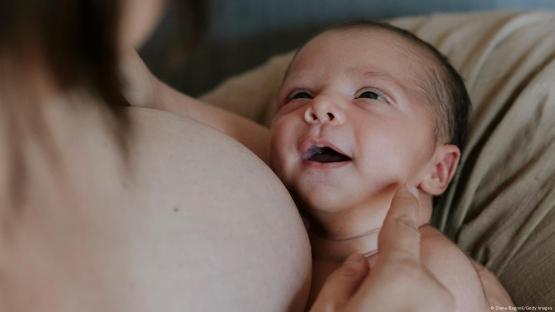A LITTLE boy battled Strep A in hospital after doctors misdiagnosed the killer condition as thrush.
George Higham, 5, was admitted to Grimsby Children’s Hospital, Lincolnshire, in August after his mum, Jenna, noticed something was seriously wrong.
George Higham (five at the time) being treated at hospital for Strep A in August.His GP had already diagnosed the George with thrush , but Jenna, 24, was sure he needed hospital treatment and phoned NHS 111.
Thrush is a common yeast infection that can display similar symptoms to Strep A such as white patches found at the back of the mouth.
While at hospital, the young boy was diagnosed with Group A Strep infection, which Jenna from Lincolnshire, said left little George “screaming in agony”;;, she told the Mirror .
“They couldn’t get a drip in him because he was thrashing about so much, so he was given intramuscular antibiotics ,”;; she said.
Group A Streptococcus â Streptococcus pyogenes â is a bacteria that can cause mild illness.
This can include sore throats and skin infections, alongside tonsillitis, cellulitis, and scarlet fever , which is flu-like and tends to occur in children â it can be serious if not treated swiftly with antibiotics.
In rare cases, the bacteria can trigger invasive Group Strep A disease, which can prove life-threatening and even fatal.
George made a full recovery, but Jenna said: “His screams will always haunt me. I am just so thankful he made it through.
“I was in tears when I heard about the children who didn’t make it. If George had passed away, I can’t think about it, it really upsets me.”;;
Cases of Strep A have risen across the UK, so too have more serious cases of both scarlet fever and invasive Group A Strep disease .
The outbreak has so far claimed the lives of nine children â most aged under 10 â since September.
Seven-year-old Hanna Roap is among those youngsters who have lost their lives.
What started as a mild cough rapidly deteriorated and she tragically died within 24-hours.
Meanwhile, another dad told how he took his five-year-old Stella-Lily McCorkindale to A&E three times before she died of Strep A.
And another mum has shared photos of her little boy to highlight how fast Strep A strikes after her little one was diagnosed with the illness, as well as scarlet fever and pneumonia.
The signs of Strep A and scarlet fever all parents need to know
There are four key signs of Group Strep A to watch out for, according to the NHS. These are:
- A fever (meaning a high temperature above 38°C)
- Severe muscle aches
- Localised muscle tenderness
- Redness at the site of a wound
The NHS says that when it comes to scarlet fever, your child will most likely start off with cold-like symptoms.
The signs will include:
- high temperature
- sore throat
- swollen neck glands
- rash 12-48 hours after initial symptoms. This usually starts on the tummy and then spreads
- white coating on the tongue
- red cheek




